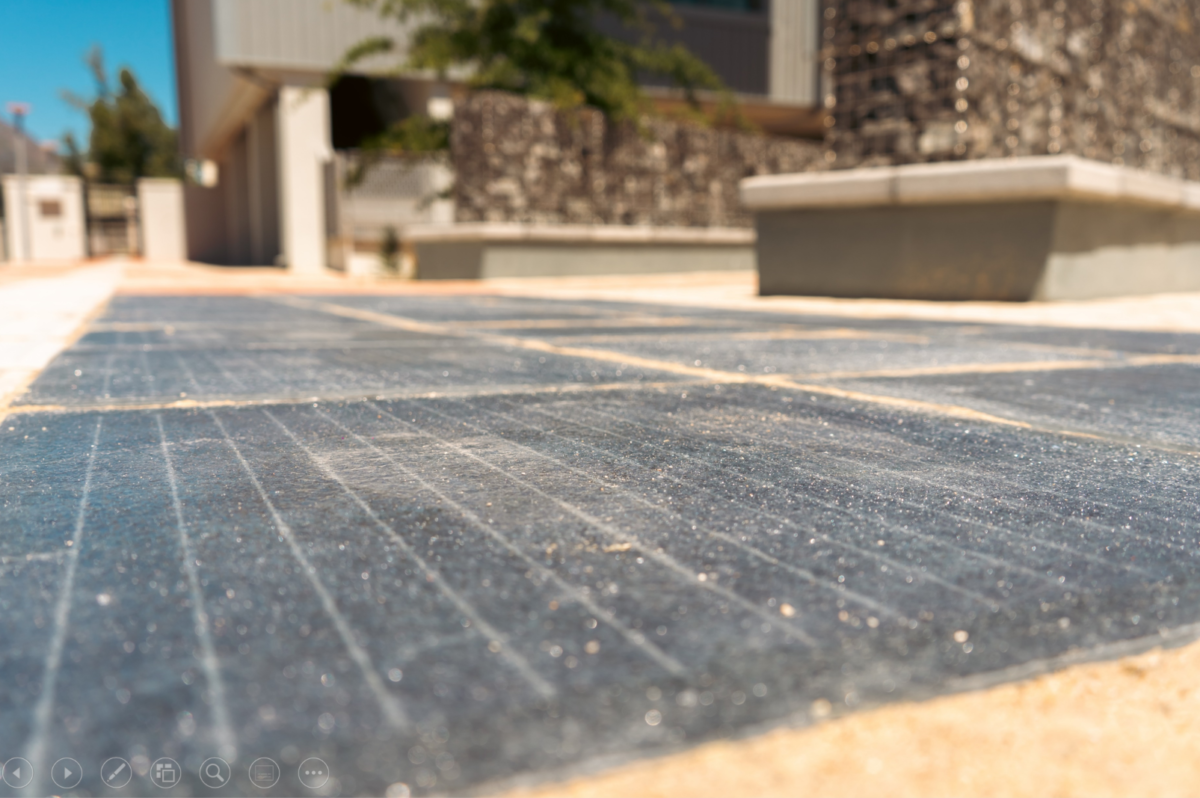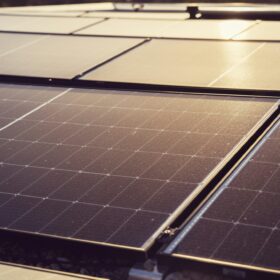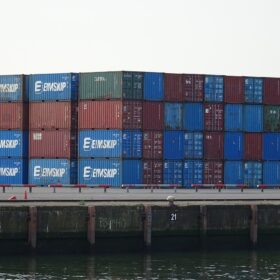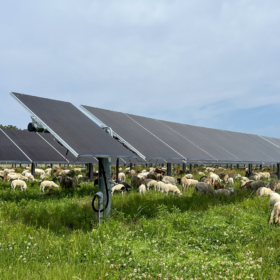Calgary, Alberta-based energy analytics firm Enverus Intelligence Research (EIR) released a new report saying battery-based energy storage systems (BESS) are essential for balancing grid loads with significant renewable generation. The analysis, based on studies of grid operations in the lower 48 states of the U.S., highlights growing integration of renewable energy across independent system operators (ISOs) that requires batteries as dispatchable assets for meeting demand.
According to the report’s authors, BESS are increasingly crucial for ensuring reliability of utility grids as increasing penetration of renewable sources decreases the net load from legacy sources, primary fossil-fueled generation.
“Batteries, which play a key role in reserve margins, are crucial to help maintain reserves to adequate levels,” said Juan Arteaga, senior associate at EIR. “Accelerated battery buildout must occur to keep reserve margins in check and to meet net load.”
Arteaga added that in some regions, reserve margins are trending closer to the North American Electric Reliability Corp.’s recommended reserve margin’s floor, which is increasing the necessity of BESS.
The report cited a number of key points:
- Renewable energy generation and battery deployment across the U.S. lower 48 states must speed up to keep pace with load growth and address declining reserve margins;
- Annual net load in the Southwest Power Pool (SPP) and Midcontinent Independent System Operator (MISO), where wind and solar energy installations are prevalent, is expected to decrease by 82% and 65%, respectively, by 2050;
- The increase in renewable energy development ahead of load growth in the Pennsylvania-New Jersey-Maryland, WEST, Southeast and ISO New England lead to a parabolic trend in annual positive net load, with declines up to 56% by 2039 before rebounding to 2024 levels;
- Retiring coal plants and slow storage growth, combined with rising demand, will shrink reserve margins to 14% in SPP, 27% in MISO and 30% in the New York ISO by 2039. EIR predicts the Electric Reliability Council of Texas reserve margins, propelled by battery installs and natural gas additions, will reach 142% by 2032. The California Independent System Operator will rise to 118% by 2050, supported by solar and battery growth; and
- EIR expects all regions to update their market designs, placing a strong emphasis on reliability-focused markets, including ancillary services and capacity markets.
EIR says the net load report pulls from a variety of Enverus products including, including its Enverus Foundations Power & Renewables analysis software.
This content is protected by copyright and may not be reused. If you want to cooperate with us and would like to reuse some of our content, please contact: editors@pv-magazine.com.









By submitting this form you agree to pv magazine using your data for the purposes of publishing your comment.
Your personal data will only be disclosed or otherwise transmitted to third parties for the purposes of spam filtering or if this is necessary for technical maintenance of the website. Any other transfer to third parties will not take place unless this is justified on the basis of applicable data protection regulations or if pv magazine is legally obliged to do so.
You may revoke this consent at any time with effect for the future, in which case your personal data will be deleted immediately. Otherwise, your data will be deleted if pv magazine has processed your request or the purpose of data storage is fulfilled.
Further information on data privacy can be found in our Data Protection Policy.